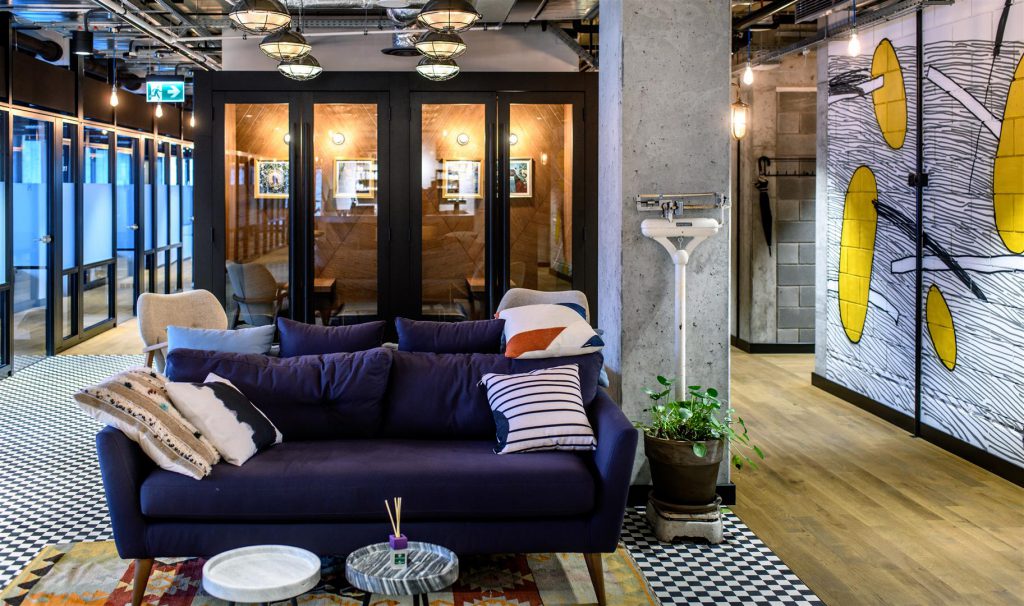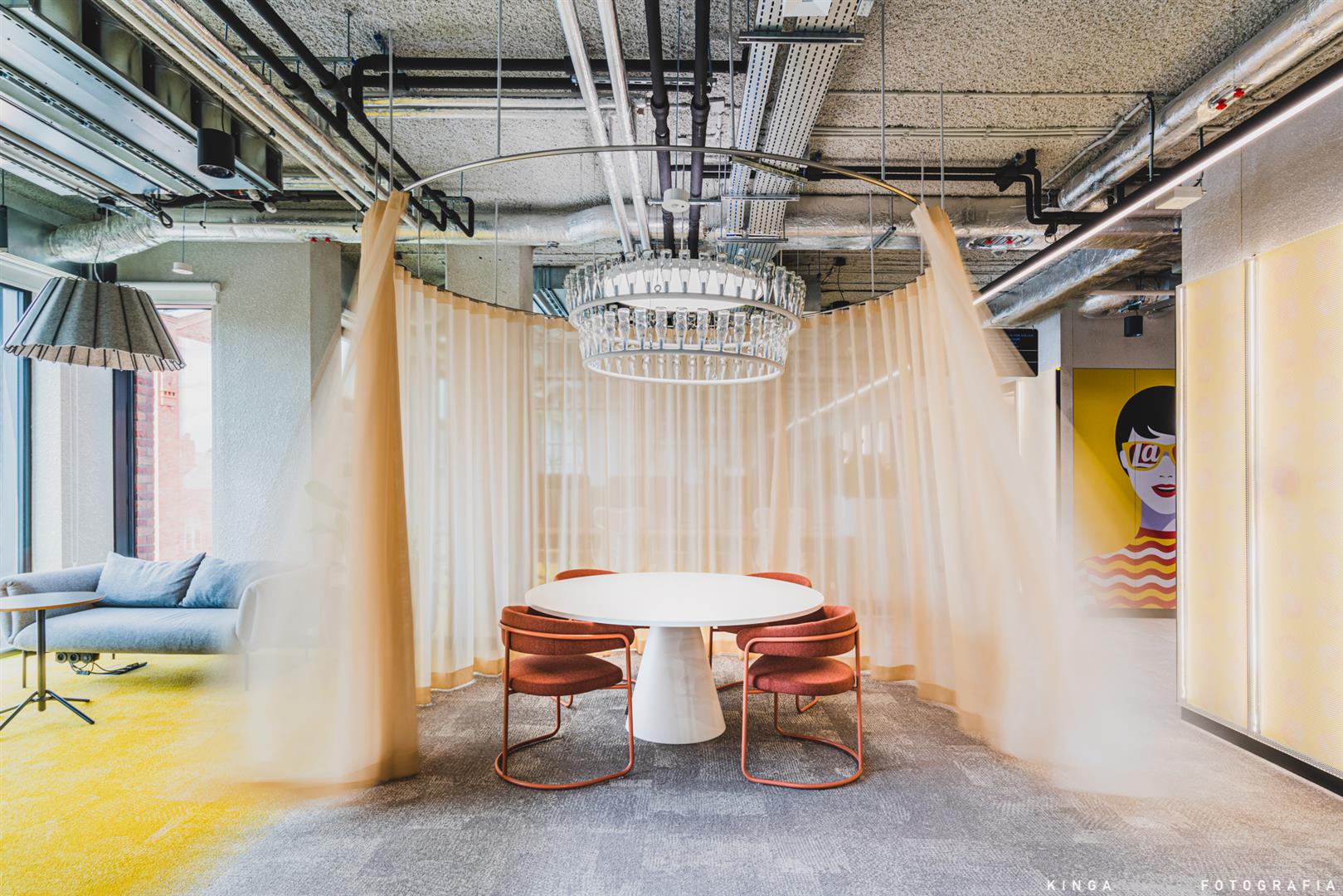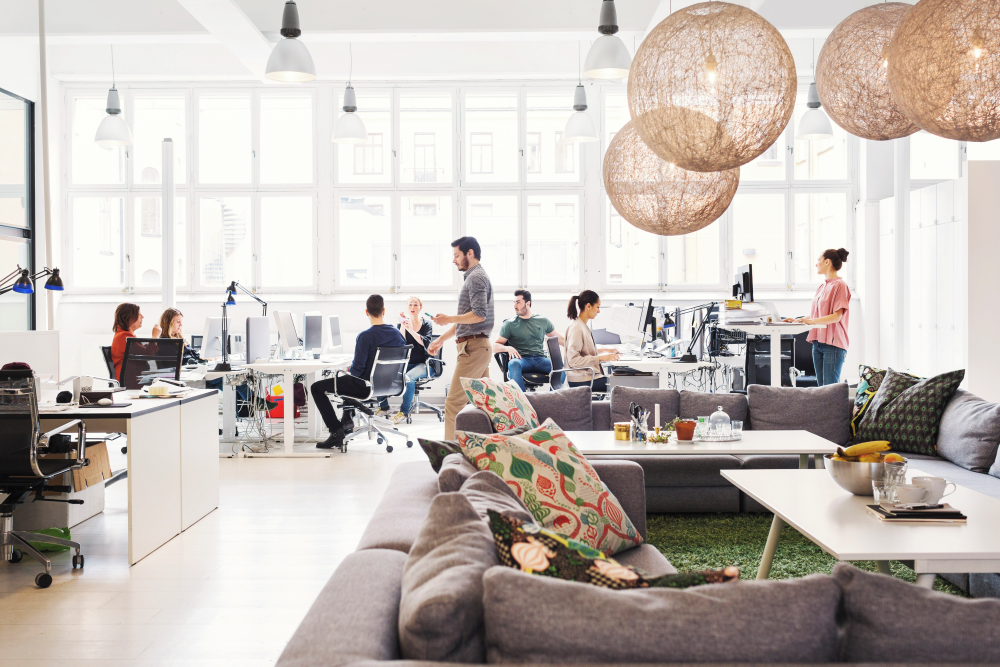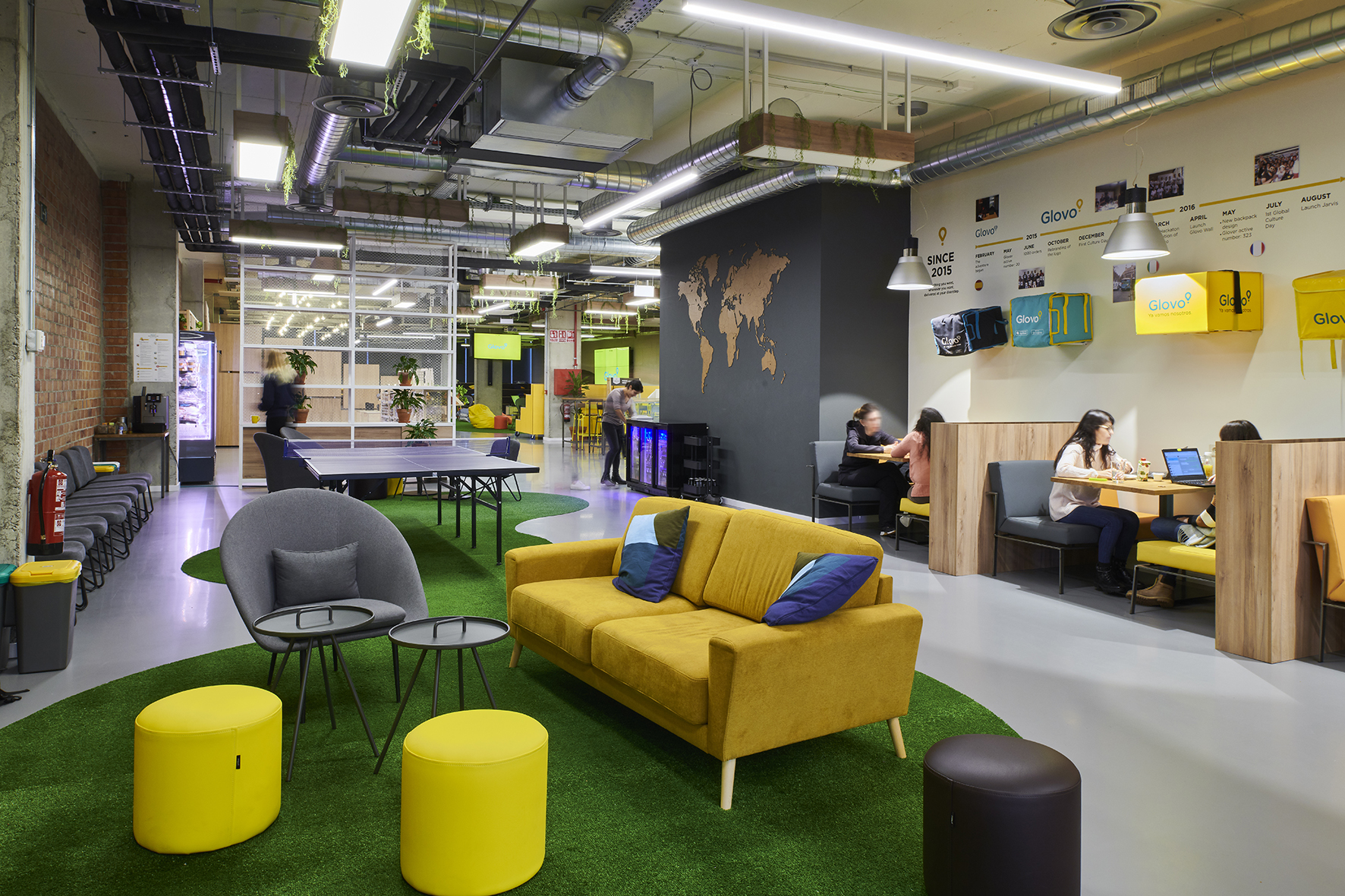Aesthetics evolve, but some trends are here to stay. And just as the office sector has been at the forefront of sustainable design, it is now leading the way in waste management – and it’s not just about waste segregation.
There are several ways to design a “low waste” office. Firstly, resource use should be reduced, and those resourced already used should then be reused.
While an office fit-out is a long-term product, until recently, when planning a new workplace, the main factors considered were costs, functionality and aesthetics, with little attention given to the impact of these choices on the environment. Now, with awareness in this area increasing, sustainable practices are becoming more commonplace.
“Manufacturers are continuously developing new materials and solutions that support design in the spirit of reducing waste. In addition, more and more clients are interested in making their office more environmentally friendly, not only through the use of healthy, certified materials, but through management of everyday operations,” says Danuta Barańska, Creative Director at Tétris Poland.
Think it through
From the earliest stage of the refurbishment process, proper disassembly of the previous configuration is key. Some suppliers are gradually introducing the option to dismantle and recycle suspended ceilings. Vinyl flooring can also be recycled and it’s good practice to protect wooden elements, refurbishing them or transferring them for use elsewhere.
Another important factor to consider when preparing new surfaces is optimisation of space and equipment in advance, choosing materials that will be easy to recycle or reuse in the future. The use of green walls and natural finishing materials available locally (without having to ship them from afar) are just some solutions with a smaller carbon footprint.
Reuse
Moving into a new office doesn’t mean that everything has to be new. Creating a contemporary space that meets employee expectations is still possible by refreshing or modifying previously used furniture.
“Reuse is an element of the low waste philosophy that deserves more attention than it gets. And sometimes all we have to do is change the colour or configuration, or add one modern element to completely change the look and feel of office furniture,” adds Barańska.
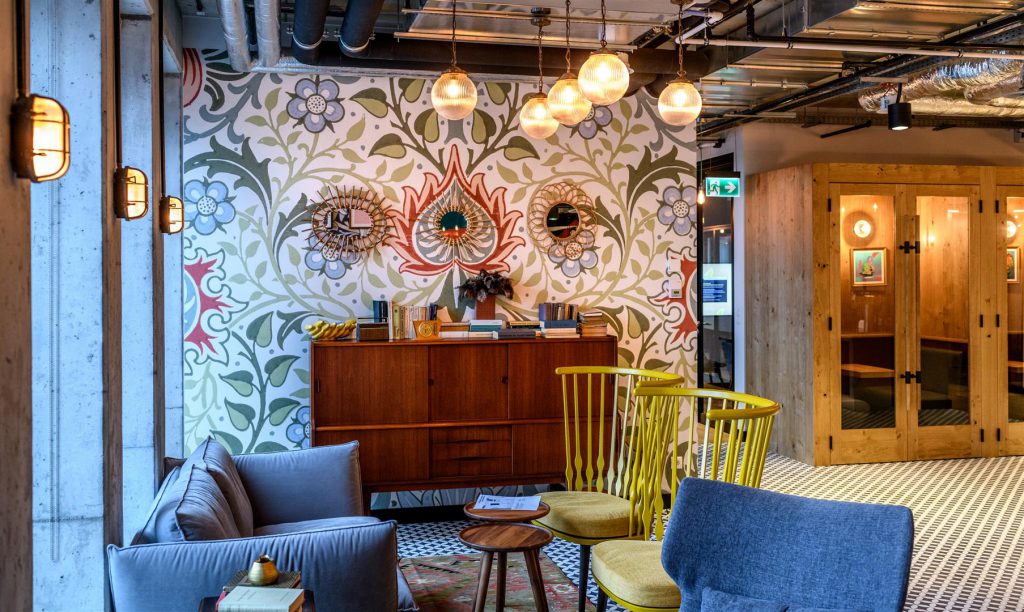
Recycled materials, ingenuity and character
There is now a growing number of interesting products made of recycled content, like recycled plastic countertops, plastic imitations of trendy terrazzo, or furniture made of paper blocks from recycled newspapers.
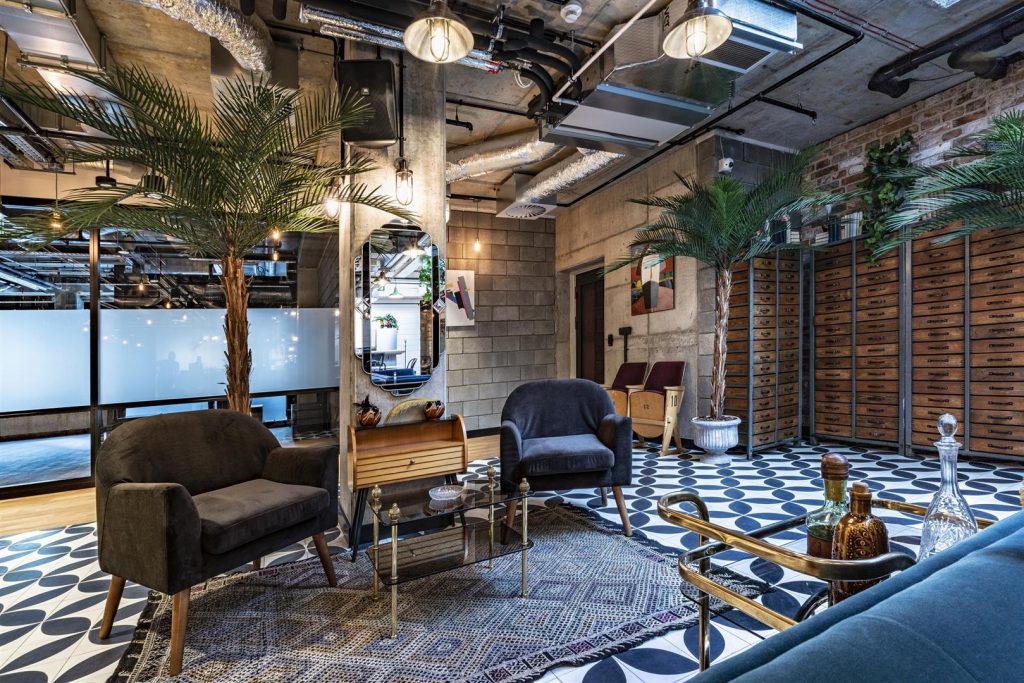
Another way to reduce waste in an office fit-out, and create a unique atmosphere, is to search for old furniture and integrate it into the design of the space. The Mindspace coworking space in Warsaw is a great example of how refurbished furniture and décor can be used to create that on-trend resimercial atmosphere.
“The opportunities are endless when upcycling. Depending on the chosen theme, we can use almost anything in the interior. We have already delivered, for example, lamps made of washing machine parts, tables made of demolition wood, shelves made of used tyres and seats made of pallets,” says Barańska.
While a low waste approach is much needed and recommended, it does mean more effort when searching, selecting, designing and submitting documentation for subsequent certification.For obvious reasons, old furniture and other reused elements do not come with the appropriate formal documents, which creates some barriers to overcome.
Undoubtedly, due to the growing need to create spaces with greater concern for the environment, we will see new developments to make the process more streamlined. So, for now, it’s worth focusing on responsibility towards the environment, as well as on reducing the amount of waste and use of new resources.
